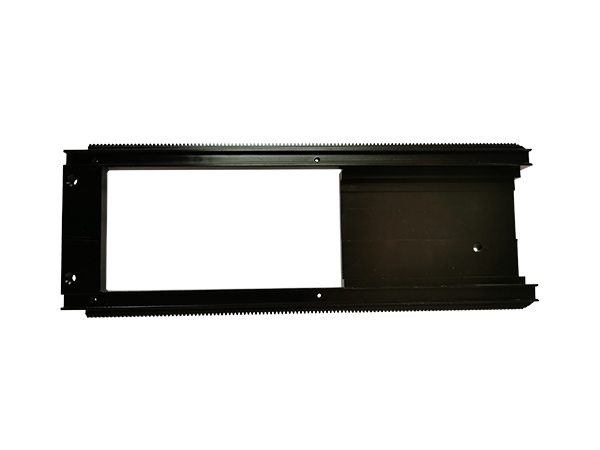4common problem

In order to improve the mechanical properties of the material, improve the processing performance of the precision parts of the material, and eliminate the internal stress of the workpiece, some heat treatment procedures should be properly arranged in the process. The arrangement of the heat treatment process in the process route mainly depends on the material of the part and the purpose of the heat treatment.
1. Preliminary heat treatment: The purpose of preliminary heat treatment is to improve the cutting performance of materials, eliminate residual stress during blank manufacturing, and improve the structure. The process position is mostly before mechanical processing, and methods such as annealing and normalizing are commonly used.
2. Elimination of residual stress; due to the internal stress generated in the manufacturing and precision parts processing of the blank, it will cause deformation of the workpiece and affect the processing quality, so it is necessary to arrange a heat treatment to eliminate the residual stress.
The heat treatment for eliminating residual stress is best installed after roughing and before finishing. For parts that require less precision, artificial aging and annealing for eliminating residual stress are generally arranged before the blank enters the machining workshop.
For complex castings with high precision requirements, two aging treatments are usually arranged in the machining process: forging → rough machining → half aging finishing → aging and finishing finishing. For high-precision parts, such as precision lead screws, precision spindles, etc., multiple heat treatments to eliminate residual stress should be arranged, and even ice-cold treatment should be used to stabilize the size.
3. Final heat treatment: The purpose of final heat treatment is to improve the strength, surface hardness and wear resistance of precision parts, and it is often arranged before the finishing process (grinding). Commonly used are quenching, carburizing, nitriding and carbonitriding.


